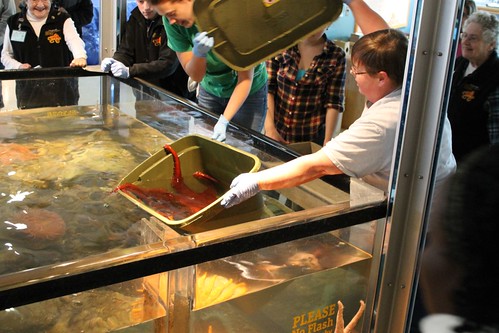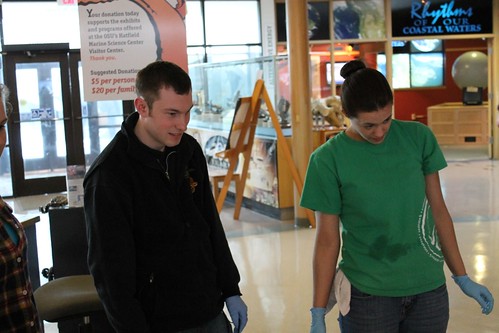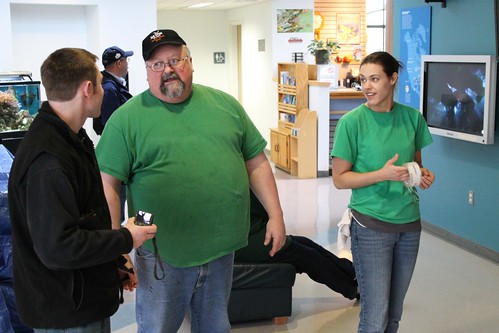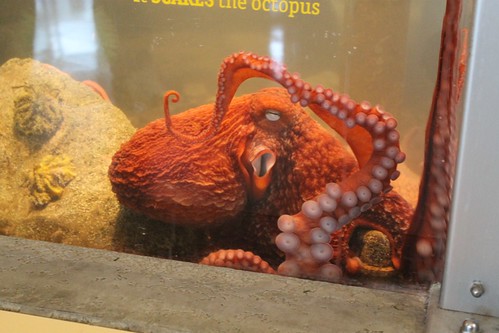The world still doesn’t have flying cars or human teleporters, so it’s sometimes hard to remember that we are, in fact, living in the future. Here’s a reminder:
Innovega is teaming up with DARPA to develop augmented-reality contact lenses for military use, according to this article by Charles Q. Choi at Scientific American. Innovega plans to release the lenses commercially as early as 2014.
“The new system consists of advanced contact lenses working in conjunction with lightweight eyewear. Normally, the human eye is limited in its ability to focus on objects placed very near it. The contact lenses contain optics that focus images displayed on the eyewear onto the light-sensing retina in the back of the eye, allowing the wearer to see them properly.” [Link in original]
The article quotes Innovega CEO Steve Willey, who claims the resulting display size would be “equivalent to a 240-inch television, viewed at a distance of 10 feet.”
Innovega’s own overview is available here. The system does requires glasses, onto which the actual image is projected. The contact lens is there to focus the image from the lens of the glasses so the user’s eye can comfortably focus on the projected image and the outside world simultaneously. The technology also lends itself to 3D, as it involves a separate image for each eye.
Are we ready to change the way we see the world? Is this something you see being valuable, either for general use or for specific applications? Do you see yourself wearing a system like this in the near future?




